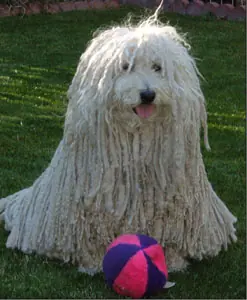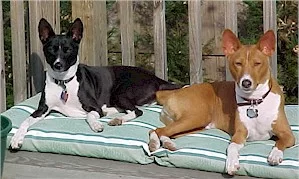Puli
Puli Rescue Dog Life span What to Expect for Care

-
Breed Group : HERDING
-
Origin : HUNGARY
-
Average Height : 16" - 17"
-
Average Weight : 25 - 35 lbs.
-
Life Span : 12 - 16 years
Photo Courtesy info : Puli Club of America Rescue Trust
-
Size
1 2 3 4 5 6 7 8 9 10 -
Energy
1 2 3 4 5 6 7 8 9 10 -
Intelligence
1 2 3 4 5 6 7 8 9 10 -
Ease of Training
1 2 3 4 5 6 7 8 9 10 -
Hypo-Allergenic
1 2 3 4 5 6 7 8 9 10 -
Shedding
1 2 3 4 5 6 7 8 9 10 -
Good with Kids
1 2 3 4 5 6 7 8 9 10 -
Good with Other Pets
1 2 3 4 5 6 7 8 9 10 -
Guard Dog
1 2 3 4 5 6 7 8 9 10





